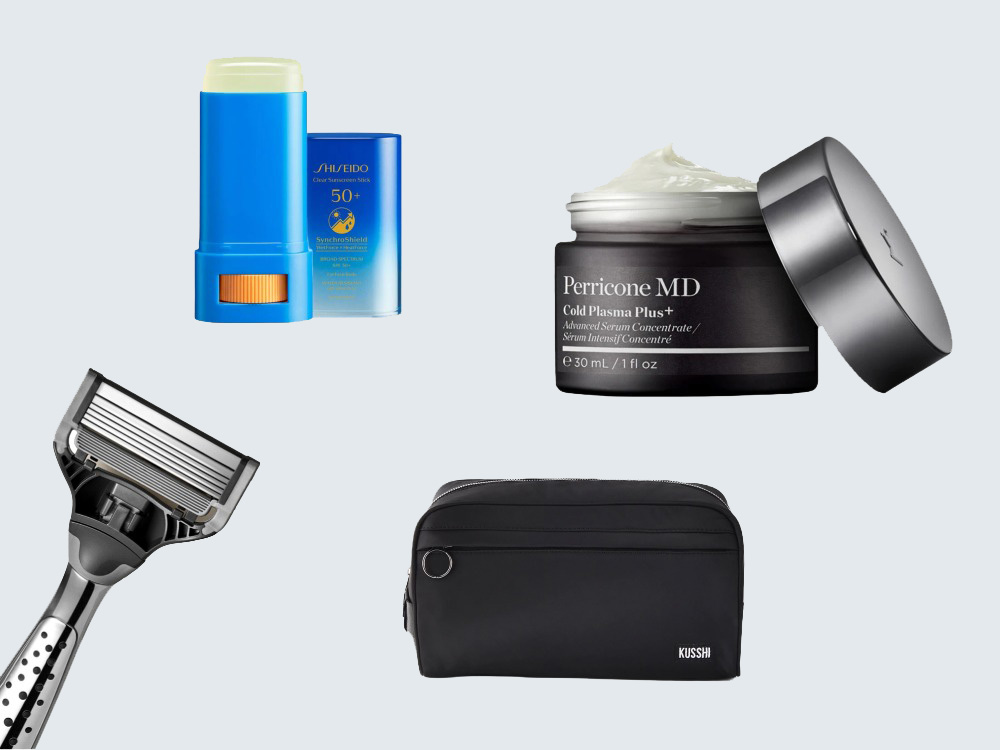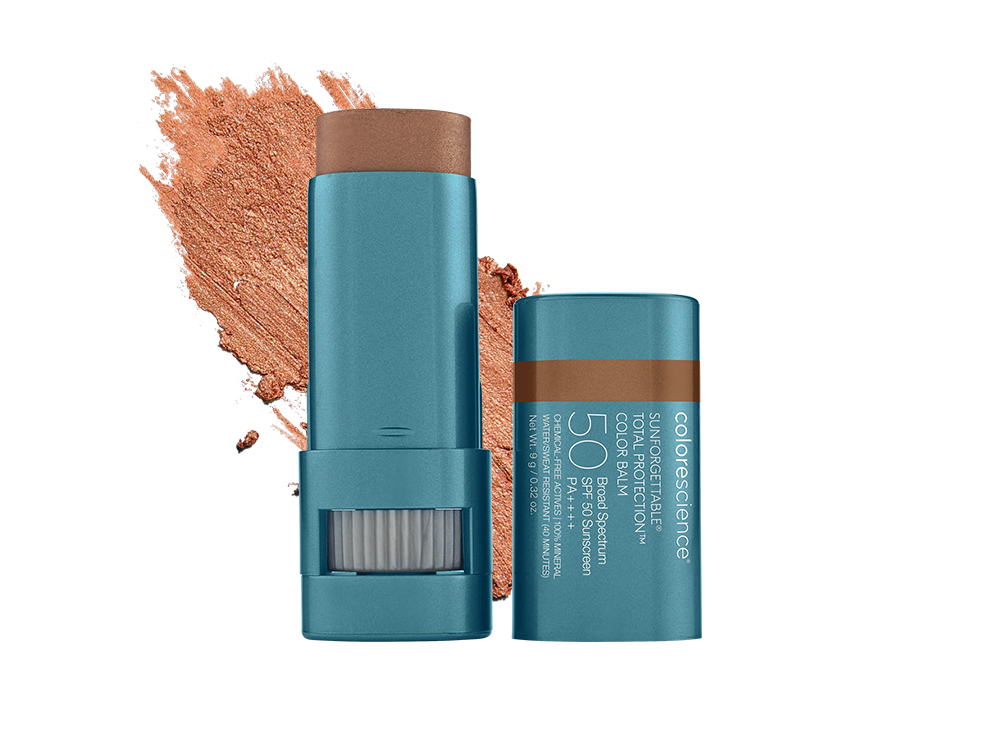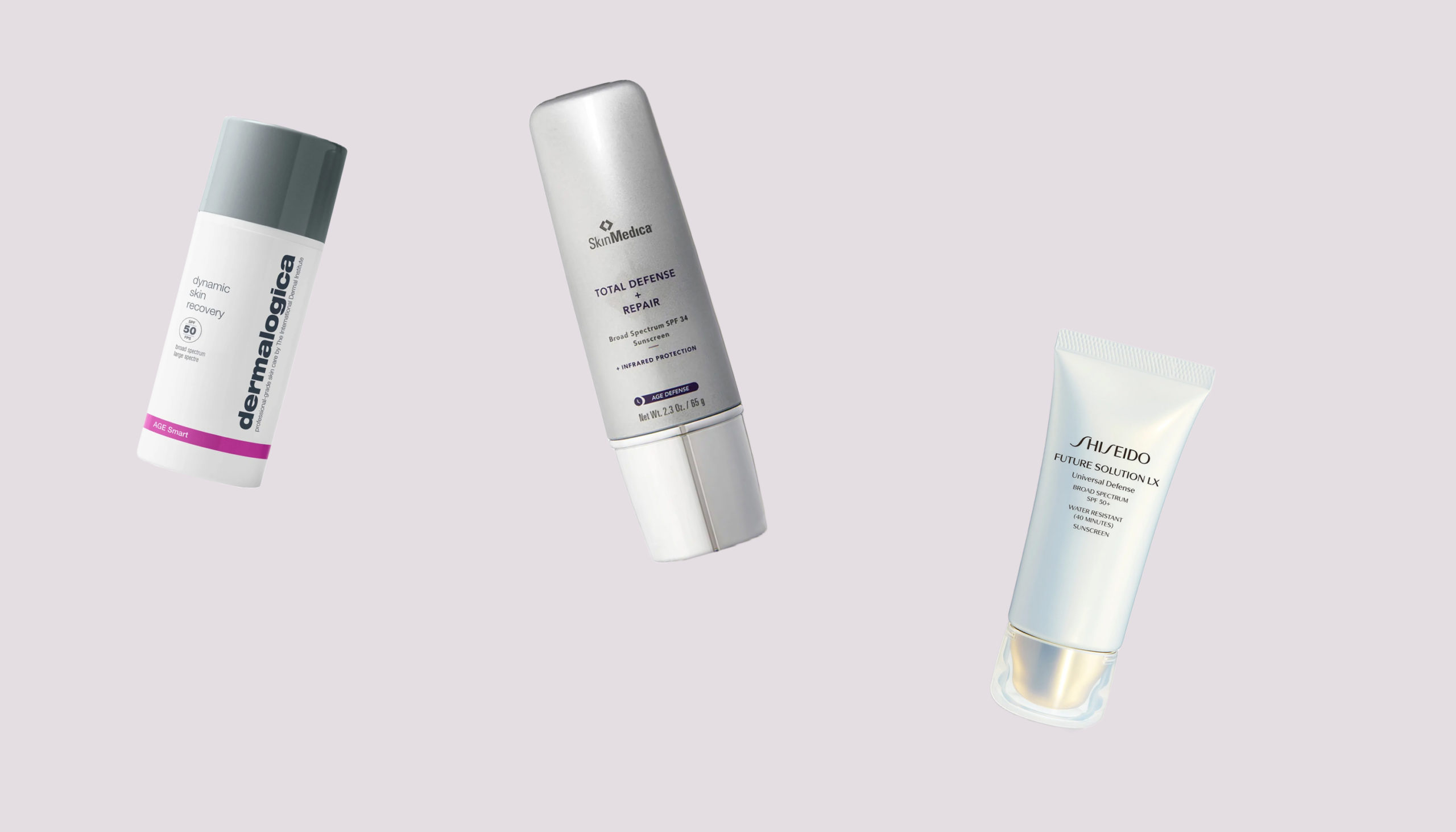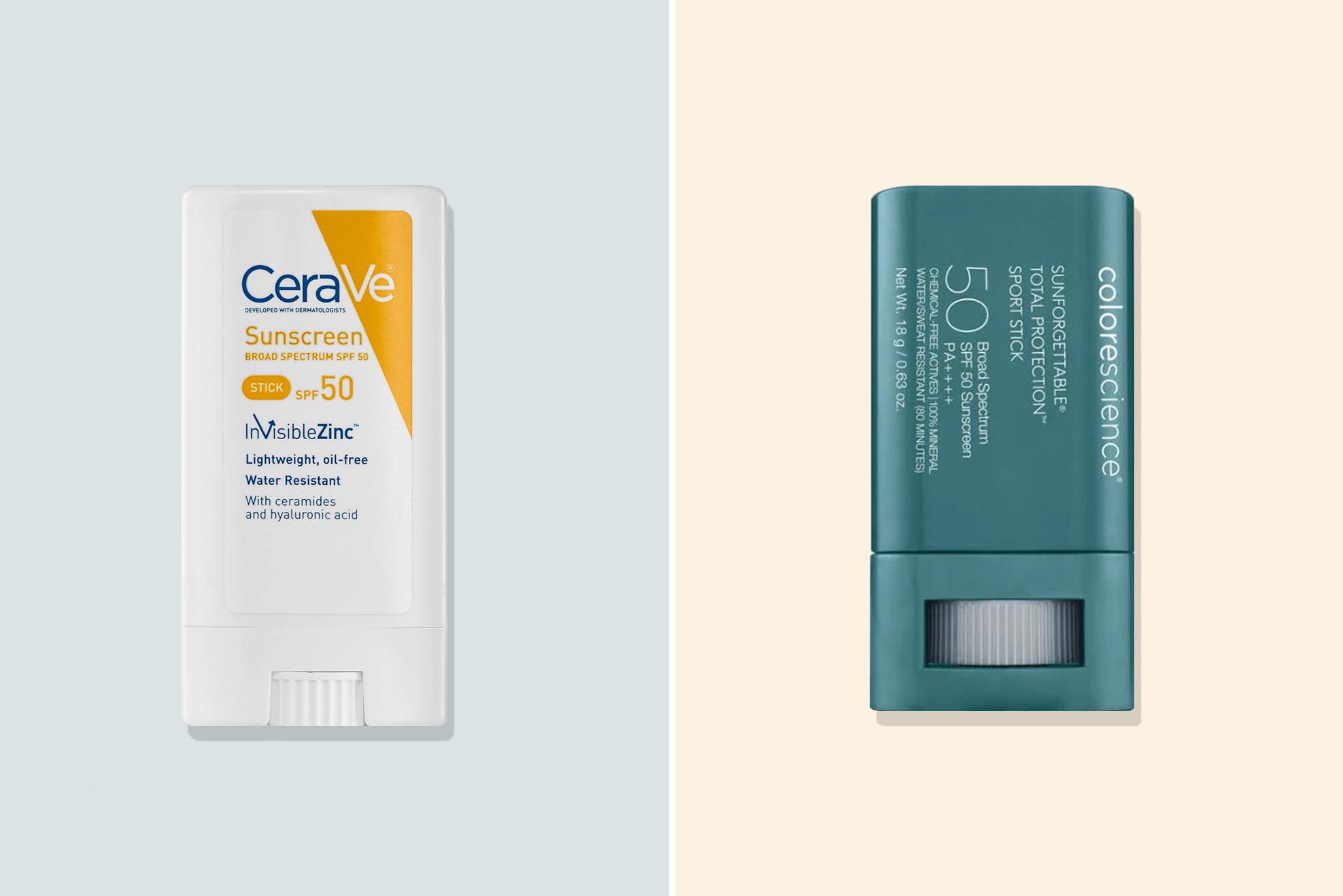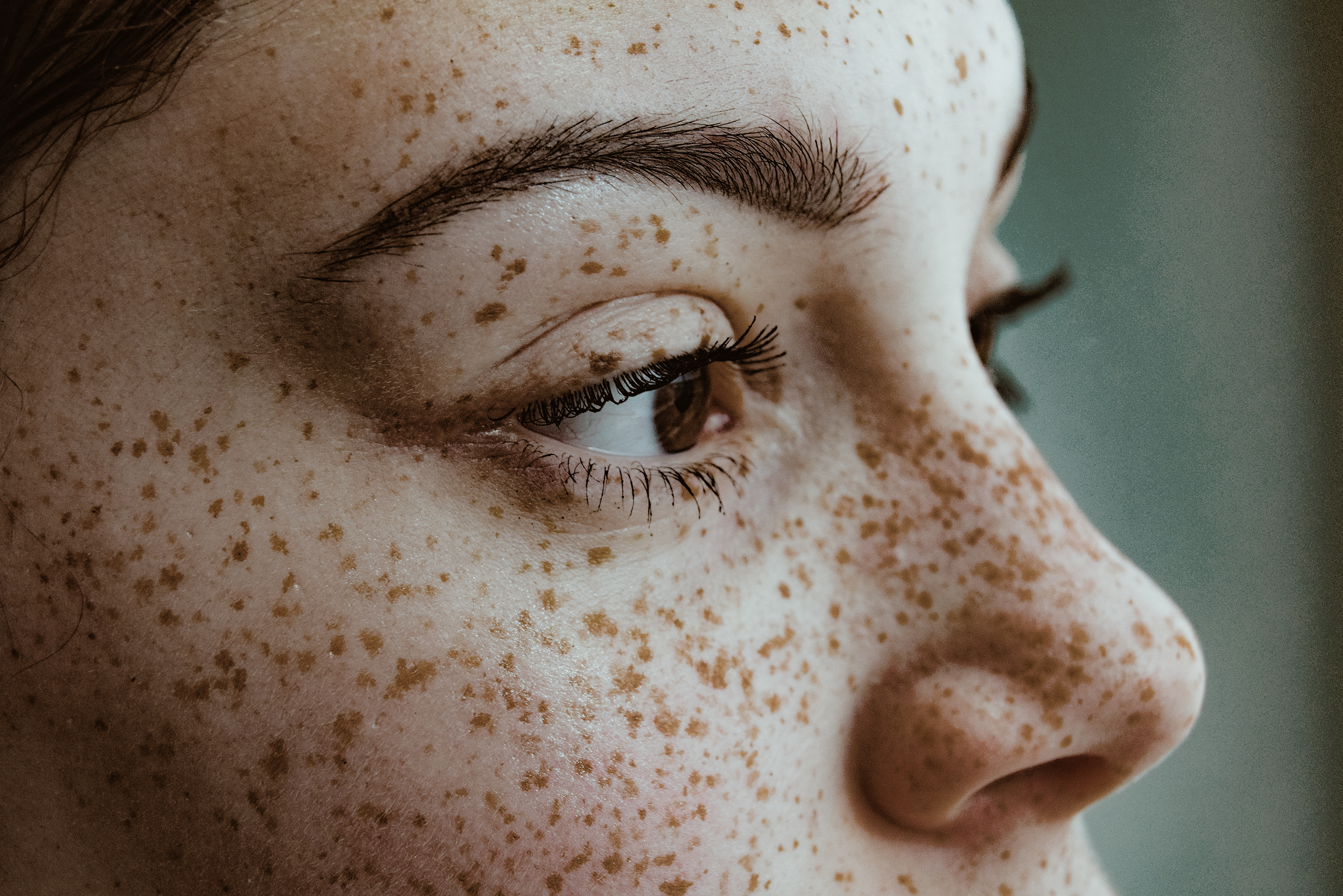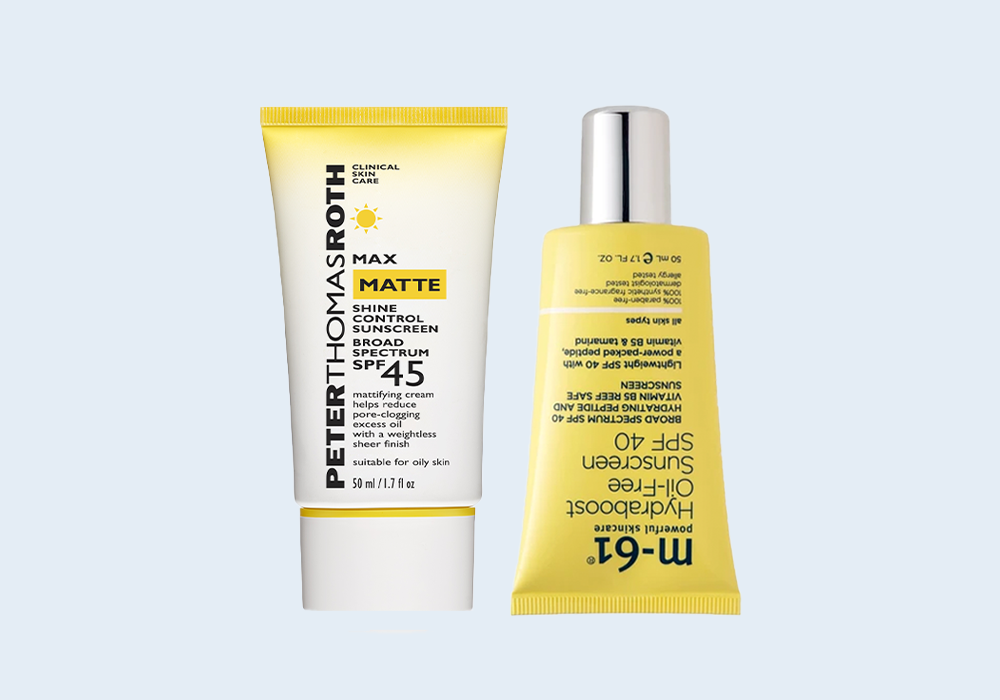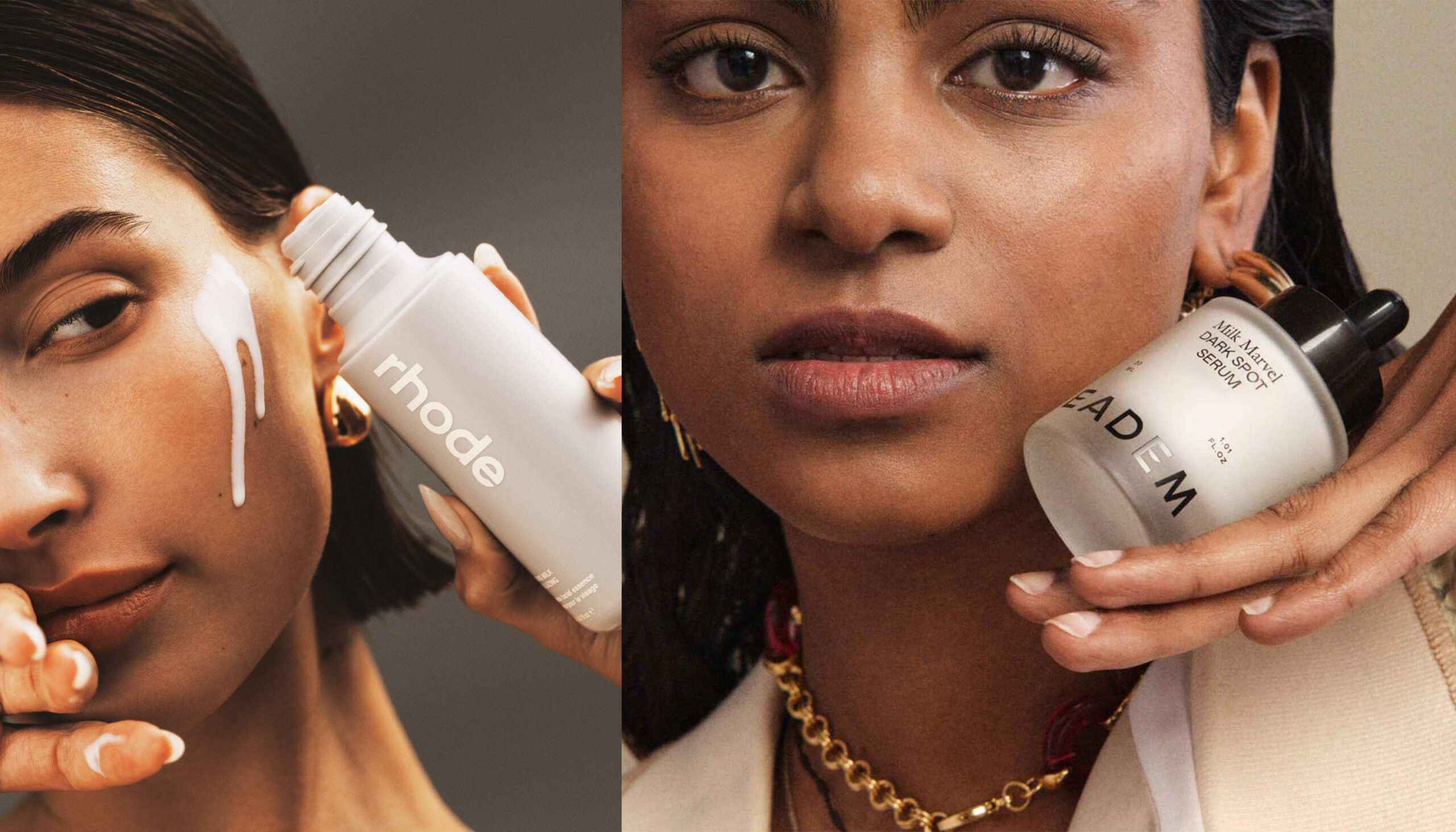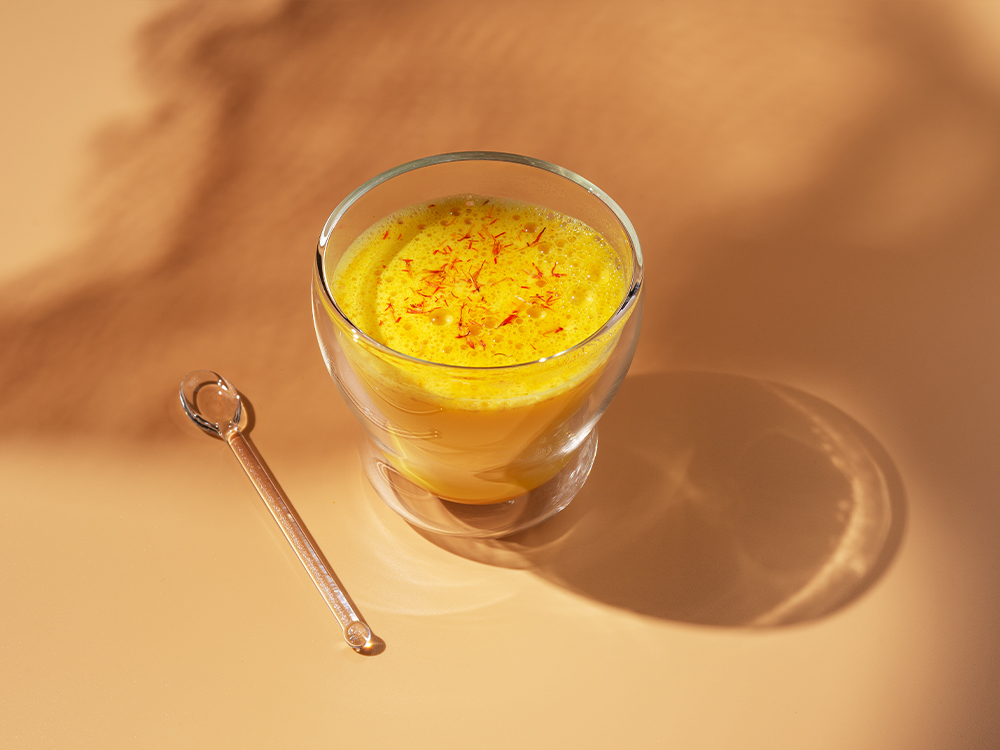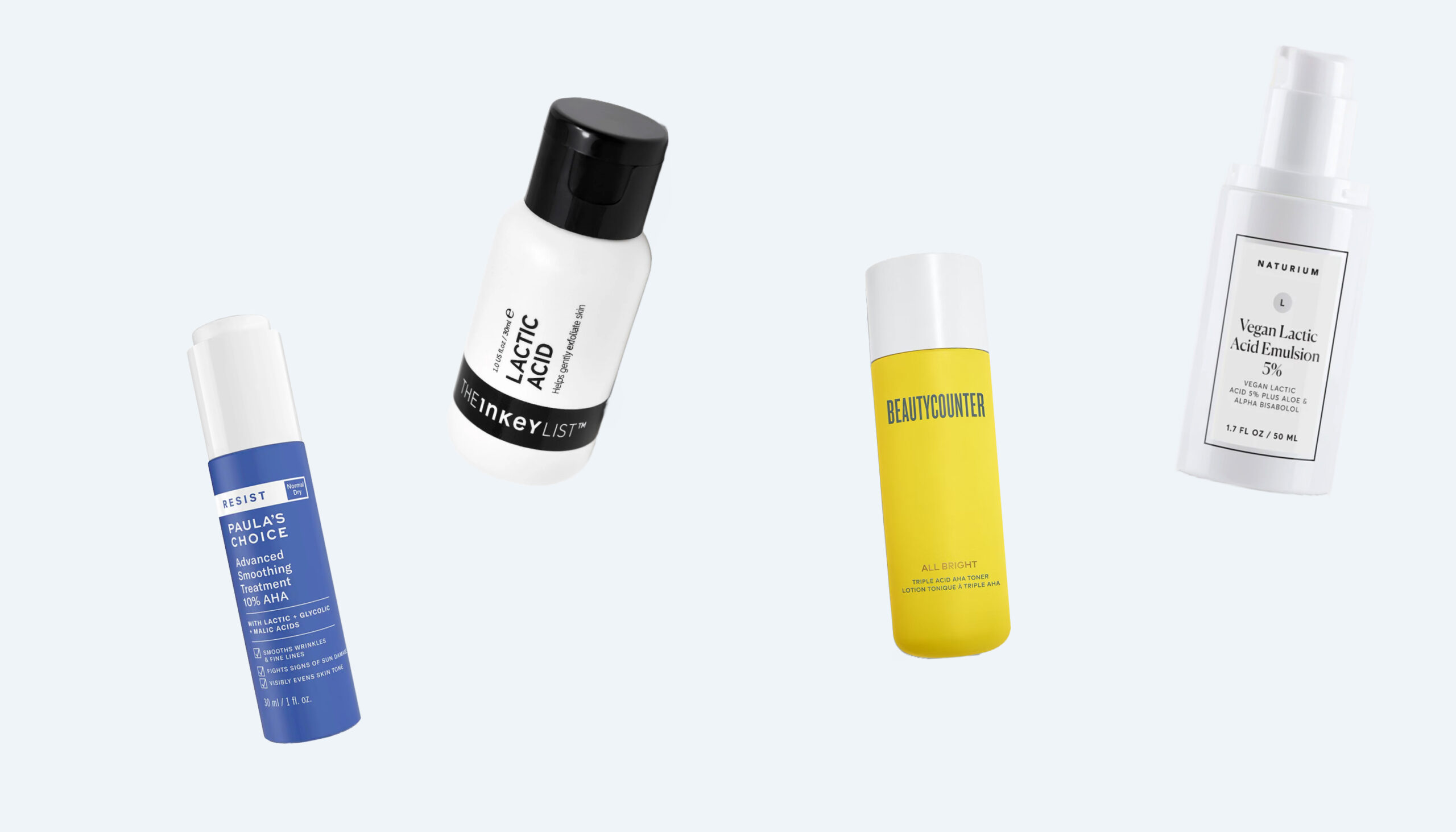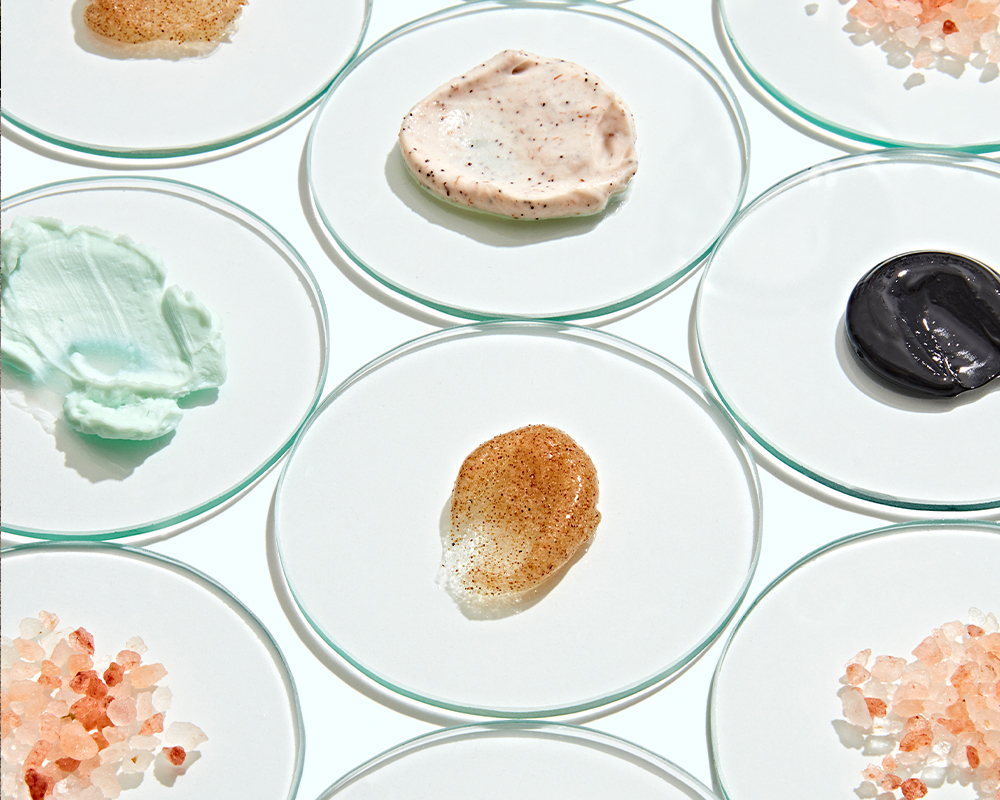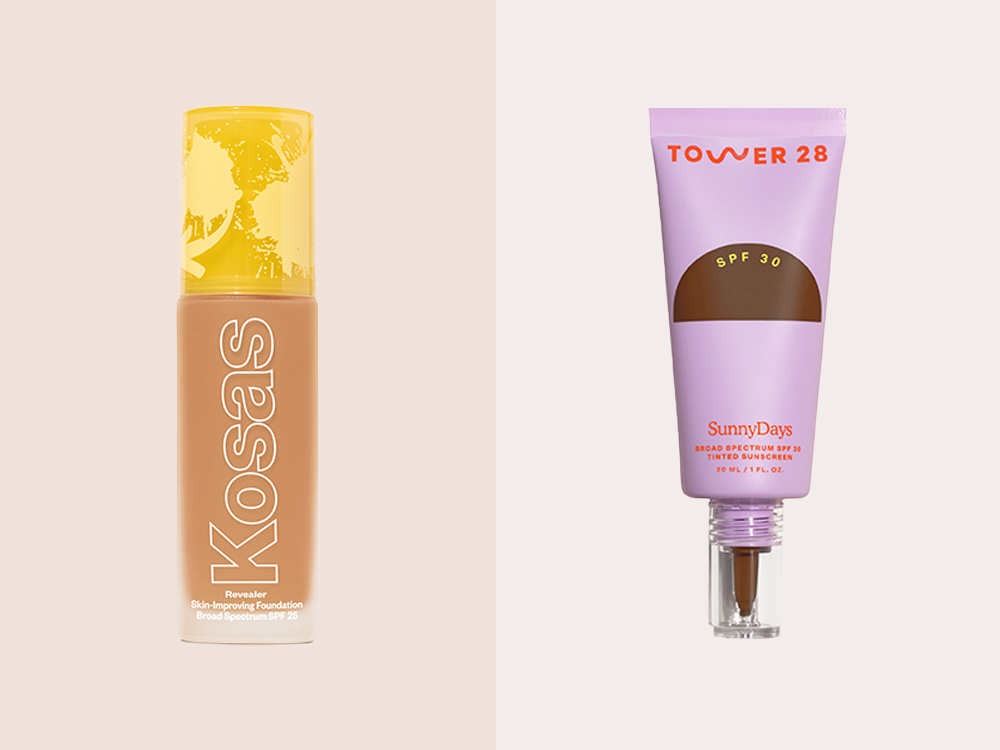They’re one of the most effective ways to treat textural changes to the skin—think sun damage that’s left the face spotted or leathery. But like any other type of cosmetic procedure, lasers come with a whole host of dos and don’ts that you need to be fully aware of before committing to the procedure. With a handful of different options to choose from depending on your skin issues, skin type and skin color, for the most parts, a beam of energy is emitted under the skin to resurface the outermost layer of skin and create new collagen. Here’s what you need to know.
You May Also Like: 6 Things You Didn’t Know Happen When You Get Botox
You’ll be numbed for the treatment.
With most lasers, doctors choose to numb the area to be treated with a topical numbing cream—some may wrap the area with plastic wrap to make it more effective—or even use a sedative for heavier lasers. Once the skin starts to experience a slight tingling sensation or coldness (that means the area is numb), your doctor can start the procedure. You may still feel numb after the procedure is complete but it will wear off shortly.
There may be some downtime.
Downtime means how long it takes for your skin to return to normal after a procedure. The more invasive the laser, the longer the downtime. No downtime means that any redness or pinkness in the skin will be gone in less than one day; minimal downtime indicates you may be out of commission for one to three days; moderate downtime relates to a recovery period from a few days to up to one week and significant downtime will likely have you at home for at least a week.
They come in different strengths.
Not all lasers are the same. Lighter lasers are perfect for treating minimal pigment problems and are usually downtime-free because they don’t break the skin. But they usually need to be done more than once to achieve optimal results. Nonablative lasers are gentler than ablative options but stronger than a light laser and ablative lasers are the most heavy duty option. Some feel like nothing; others hurt. Light lasers like Clear+ Brilliant, Halo, pulsed dye lasers and those used for hair removal can make the skin feel warm or like it’s being snapped. Medium-strength lasers like nonablative fractional lasers, picosecond lasers may feel more uncomfortable on the skin and ablative laser requires anesthesia so that you feel nothing during the treatment.
It’s best to do them in the winter
You don’t want to do a laser in the dead of summer; the middle of winter is better. Skin that’s been treated with a laser can’t be exposed to the sun, which can increase the risk of permanent pigmentation.
You have to be diligent about maintaining your results.
Once you’ve gone through the full course of treatment, it’s important to protect your skin from the sun and keep it healthy to prolong your results. If not, you could be just damaging your skin again. While staying out of the sun is important, wearing sunscreen daily is crucial. You may also have to repeat the treatment in the future to maintain the integrity of your skin.

